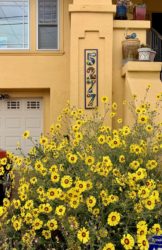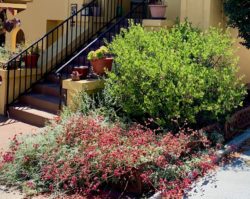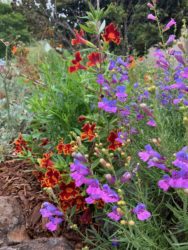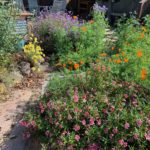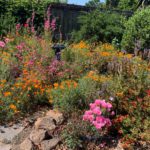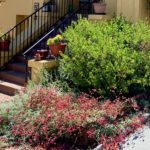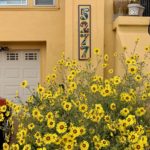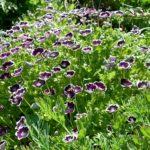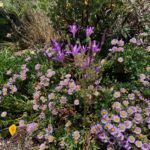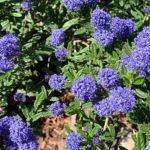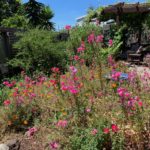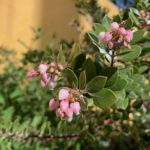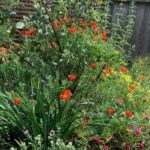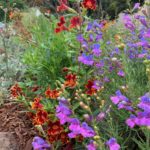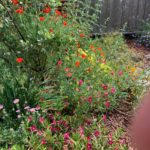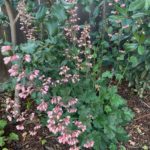Lot size: 150 sq. fot front garden and 3,250 back garden
Garden Age: Garden was installed in 2018
Years on the Bringing Back the Natives Garden Tour: New this year!
Showcase Feature
Undaunted by the truly enormous amount of pink concrete and falling down fences in the back yard of her newly purchased home, Jamie set about creating a garden that was inviting to people, as well as wildlife. A patio, pergola, barbecue area and raised beds for edibles, combined with a riot of colorful natives, variety of leaf textures, diversity of plant forms, and fragrant blossoms fit the bill for the former. An enviable selection of keystone plants—local natives species that provide the best habitat for wildlife—are irresistible to birds, butterflies and bees, which flit, flutter and buzz through this inviting oasis. Jamie and Donna Bodine, of BeeLand Farms, have worked collaboratively to enhance this lovely garden.
- A plethora of keystone species—hollyleaf cherry, manzanitas, California lilac, lupines, currants, sages and buckwheats bring in the pollinators, and are plants on which our local butterflies and moths can lay their eggs.
- The plants in this garden result in a nearly year-round blooming season—which is what’s needed to be in sync with the lifecycles of our native bees.
- Narrow-leafed milkweed was planted for the rapidly-declining population of western monarch butterflies, and Dutchman’s pipevine was included in the garden as it is the only plant the beautiful pipevine swallowtail butterfly can lay its eggs on.
- A swale and dry creek bed retain rainwater, keeping the garden green longer, and protecting the local creek from scouring.
- Having a variety of native plants growing near the edibles results in an abundance of delicious, nutritious produce, as many edibles are highly dependent on pollinators to produce high yields.
- Before the transformation, birds were hardly ever seen in the garden; Jamie has now spotted more than twenty species of birds from her deck, including ruby-crowned kinglets, Bewick’s wrens, black phoebes, and Nuttall’s woodpeckers. Hawks keep watch on the action from overhead.
Keystone species in this garden (watch this talk by Doug Tallamy!)
Keystone species—our own, local ecological powerhouse plants— in this garden include holly leaf cherry, currants, California lilac, manzanita, buckwheat, lupine, aster, golden rod, sage, and penstemon.
Video of Jamie Marantz’ garden
“Flatlands makeover: Conquering concrete, and creating places for pollinators, people and Paloma (the dog)” by Jamie Marantz

